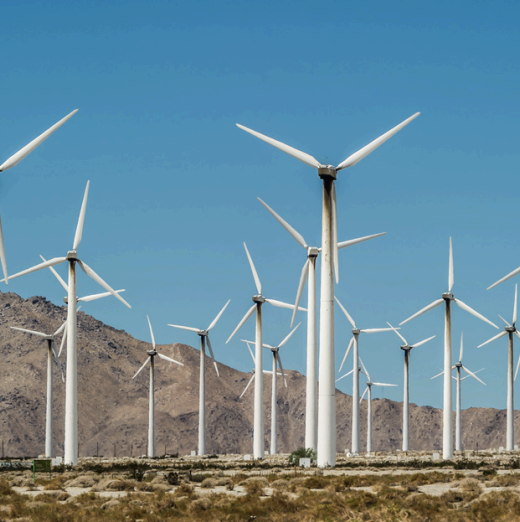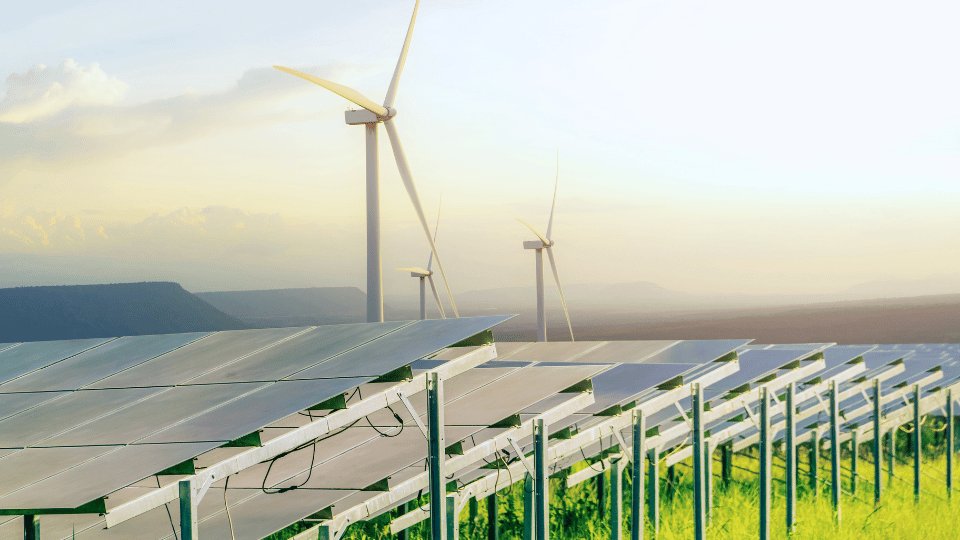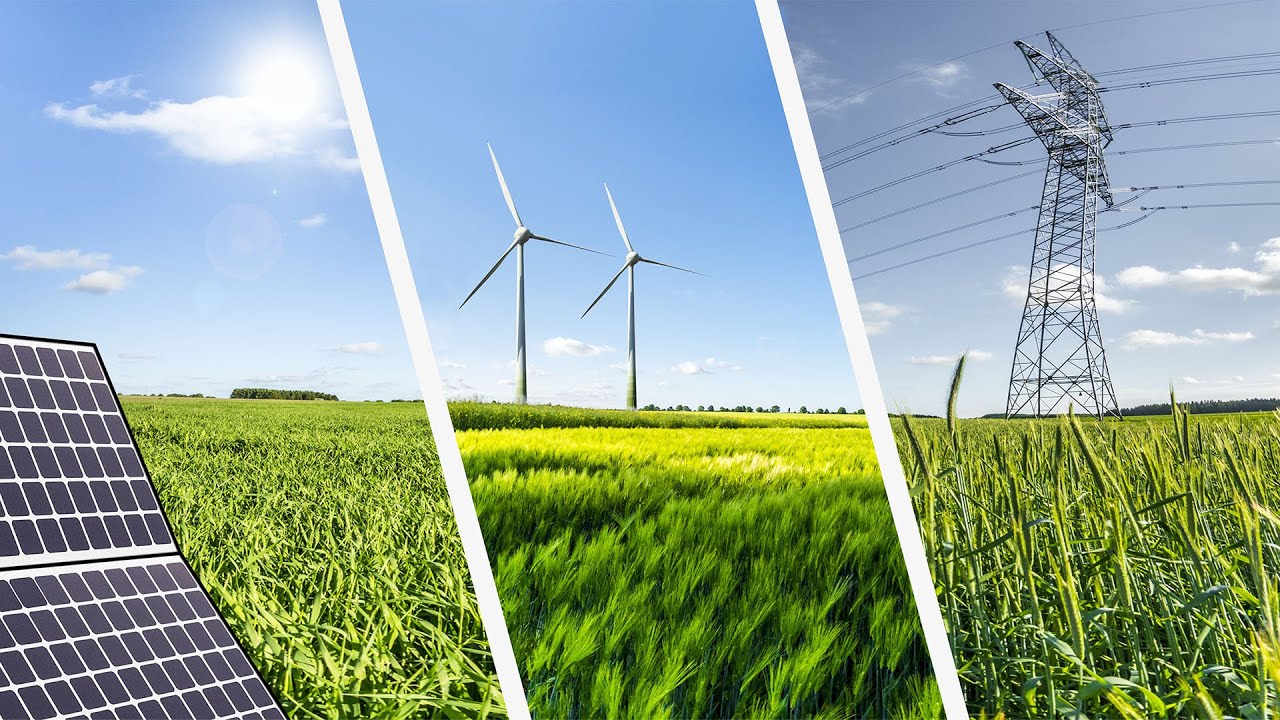
Renewable wind energy solutions harness the power of wind to generate electricity through turbines, offering a sustainable and eco-friendly alternative to fossil fuels. These systems convert kinetic energy from wind into mechanical energy, which is then transformed into electrical energy using generators. Wind energy is a vital component of the global push towards renewable energy, contributing significantly to reducing greenhouse gas emissions and combating climate change. Wind energy solutions are versatile and can be implemented on both large and small scales, from massive wind farms powering entire cities to small turbines for individual homes or businesses. They are cost-effective over the long term and require minimal operational costs once installed. With advancements in technology, modern wind turbines are more efficient, quieter, and capable of operating in a variety of wind conditions, making them a critical part of the renewable energy landscape.



One of the primary challenges in wind energy projects is the variability of wind, as it is not a constant or reliable energy source in all locations. This unpredictability can lead to inconsistent energy output, requiring backup power systems or energy storage solutions. Additionally, the initial investment for wind turbines, including land acquisition, installation, and infrastructure, is often high, making it challenging for smaller communities or organizations to adopt. Another significant challenge is the environmental and social impact of wind turbine installations. Large wind farms can disrupt local wildlife, particularly birds and bats, and may face opposition from communities due to noise pollution and visual impact on landscapes. Maintenance of turbines in remote or offshore locations also presents logistical and cost-related difficulties, further complicating their widespread implementation.
To address wind variability, integrating wind energy with energy storage systems, such as batteries or pumped hydro storage, can provide a more stable and reliable power supply. Advanced forecasting techniques can also help predict wind patterns, allowing for better planning and grid management. Financial incentives, subsidies, and community-based funding models can make wind energy projects more accessible and affordable for smaller stakeholders. Environmental concerns can be mitigated by designing turbines with wildlife-friendly features, such as lower rotational speeds and ultrasonic deterrents. Careful site selection and comprehensive environmental impact assessments can minimize disruptions to ecosystems and communities. Offshore wind farms, where feasible, can reduce land use conflicts while tapping into stronger and more consistent winds. Regular maintenance schedules and the use of durable materials can also enhance the longevity and efficiency of wind energy systems, ensuring sustainable and cost-effective operation.